How to Clean Aquarium Canister Filter
Keeping the tank habitat thriving for the fish and other species is the utmost effort of every aquarist. In this regard, canister filters become handy. Their cleaning seems a bit tough. It’ll be easy-peasy in the future, as you will learn a comprehensive cleaning method to clean canister filters in the following. You’ll also get information about some basics, i.e., the introduction, working, and selection parameters of a canister filter for an aquarium. Just scroll now!
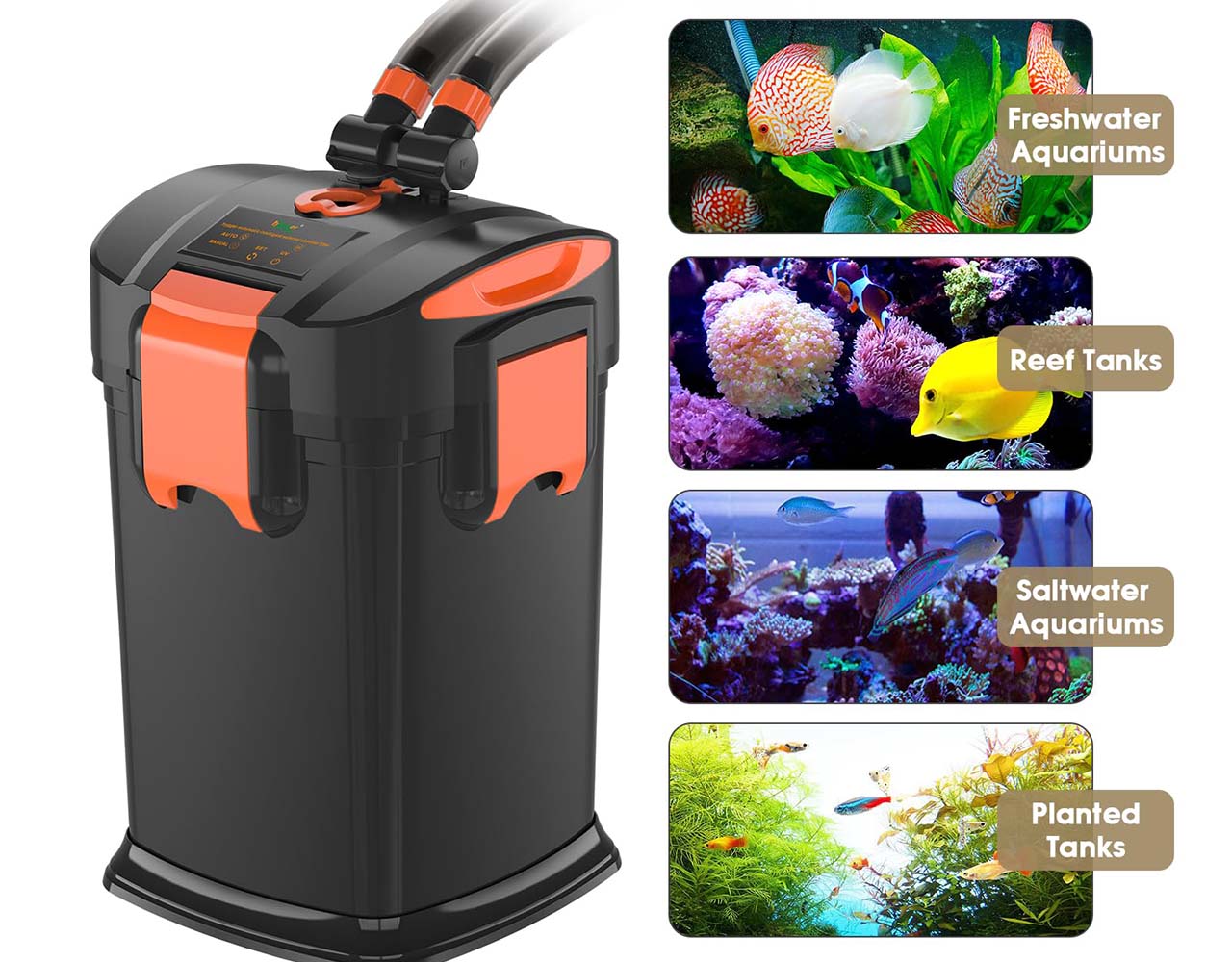
What Is a Canister Filter
A canister filter is an externally connected filter to the tank with the help of a tube. It provides extraordinary mechanical, biological, and chemical filtration. It has a high flow rate and is most suitable for large aquarium setups, i.e., above 50 gallons.
It’s a pressurized canister with different filter media buckets. Water passes through the canister, whether top to bottom or bottom to top. It depends on the choice of the manufacturer.
How Does a Canister Filter Work?
A pump forces the water through multiple filter media in a pressurized canister. After that, the filter returns the water to the tank. Here is how a canister filter works.
- The filter is connected to the tank via different tubing.
- A suction pump sucks the water from the tank through the tubing.
- Pre-filter, i.e., sponge filter, removes macro debris. Pre-filter is present only in some models.
- After that, the mechanical filter removes fine particles.
- After that, it passes through a bio-filter media, where bio-balls or bio-rings reject the biological water from the water.
- Finally, it passes through chemical filter media, i.e., activated carbon, and makes it chemical-free. Chemical filtration is optional.
- Pristine water returns to the tank.
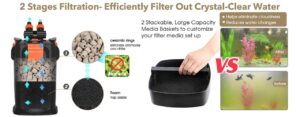
What Size Canister Filter Do I Need for My Tank?
A canister filter is suitable for medium and large tanks. Its use for less than 50-gallon tanks is overkill, except for high bio-load, but the Hygger Hang-on-back Canister Filter can be used in tanks under 60 gallons, and the Intelligent Canister Filter with U-V for tanks under 75 gallons. For such tanks, these filters do well for them. The selection of a canister filter for your tank mainly depends on two things.
| Tank size | Bio-load |
Selection Criteria
A general rule of thumb is that the pump should provide 4 to 5 times the flow rate per hour than the tank’s size. Usually, the manufacturers check the pumps under controlled scenarios. Therefore, it’s better to have a canister filter with five times the flow rate to the tank’s size.
Suitable Filter for Different Tank Sizes
Here is a suitable filter for different tanks with size consideration. The bio-load is the aquarist’s choice. Moreover, filtration requirement varies with the fish species or aquatic plant types.
Medium Tank
Small canister filters are good for small to medium size tanks, i.e., 10–60 gallons. 50 to 300 gallons per hour flow rate is suitable for these tanks.
Large Tanks
Large canister filters are the only option for large tanks, i.e., more than 100 to 200 gallons. A canister filter with 500 to 1000 gallons per hour will serve exceptionally for these tanks.
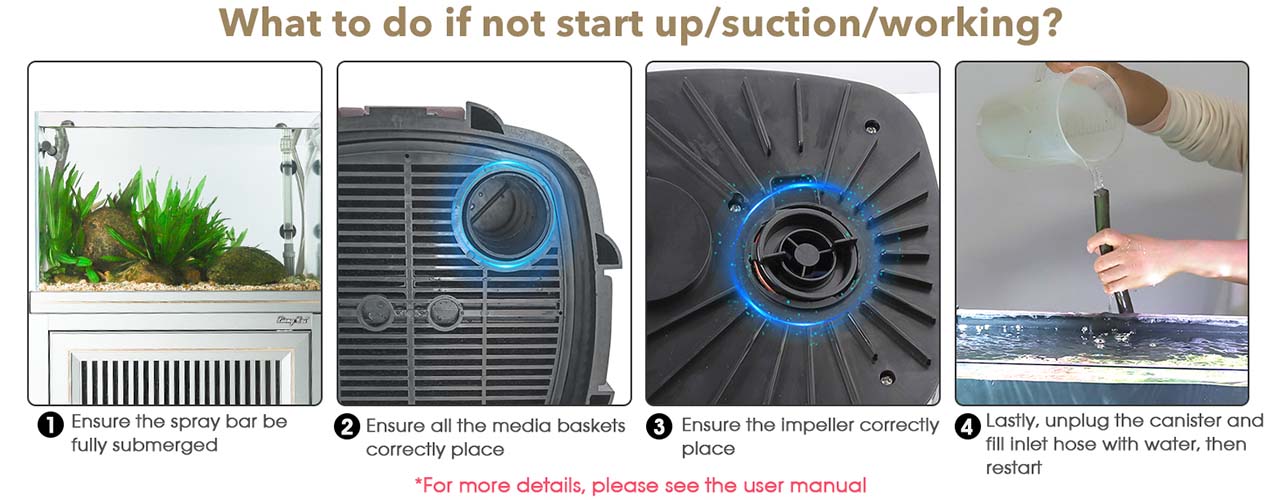
How to Clean Aquarium Canister Filter?
Canister filter cleaning needs to take several precautions. Moreover, you need to follow a procedure. Here is the procedure with the precautions.
Requirements Towel
| Soft-bristled brush | Filter media, in case of replacement | Buckets |
How to Clean Canister Filter?
- Unplug the filter and wait for the return flow to stop.
- Spread the towel under the filter to avoid water spilling to the floor.
- Remove the tubing from the tank. It is on the top, side, bottom, or tank back.
- Open the filter top.
- Remove the filter media trays. While removing, remember the arrangement of the tray.
- Spread a towel on the level surface and place the trays.
- Rinse the canister with tap water.
- Clean the mechanical filter. Don’t clean too aggressively.
- Clean the bio-rings or bio-balls.
- If required, change the activated carbon.
- Place all the trays in order.
- Before closing the filter, check the gasket sealing rubber. Ensure that there is no wear and tear, cutting, or abrasion. In case of any unevenness, change it. Otherwise, it’ll cause water and pressure leakage in the filter.
- Fill the canister with water, whether your tank is auto-priming.
- Place the lid on the top evenly and gently press it.
- Close the top.
- Connect the tank’s pipe with the filter.
- Turn the filter on.
- You may hear noise from the filter. In case of noise, prime it with a priming button. It’ll remove all the bubbles. It’ll be as quiet.
- Clean the spilling water with a towel.
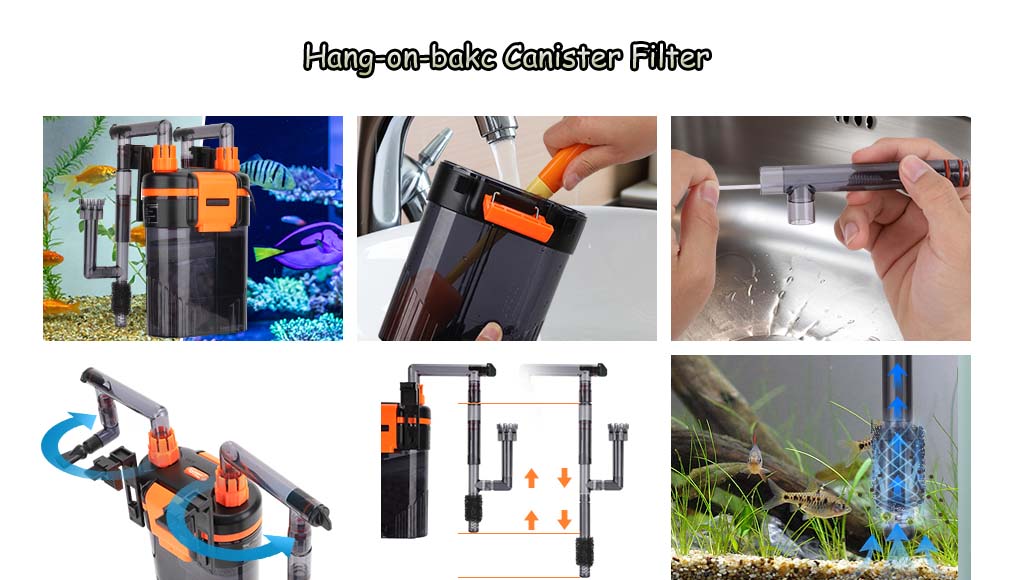
How to Clean Connecting Tubes?
The tubes that connect the filter to the tank also require cleaning. You can clean it with the following.
| Chemical cleaning (vinger or peroxide) | Mechanical cleaning (soft blistered brush) |
Mechanical Cleaning
- Take a long handle soft, blistered brush. Put it inside the pipe and clean the piping.
Chemical Cleaning
- Rinse the tubing with vinegar or peroxide.
- Clean the piping with RO (Reverse Osmosis) water to remove chemicals in the pipes.
How Often Should I Clean My Canister Filter?
It lies between 1–3 months. The simple rule of duration is to check the cloudiness in the water. If you find any cloudiness, then it’s time to clean your filter. Other than cloudiness, with a saltwater tank, you need to clean it more frequently than the freshwater tank.
In Summary
A canister filter is a pressurized filter suitable for large or small aquarium setups. It sucks the water from the tank with the help of a pump. Pass through the different filter media and return to the tank. The filter with at least a five-time flow rate to the tank size will suit your aquarium setup. If you feel cloudiness in the water, it’s time to clean your canister filter. Follow the cleaning procedure and enjoy the best sceneries of your aquariums.

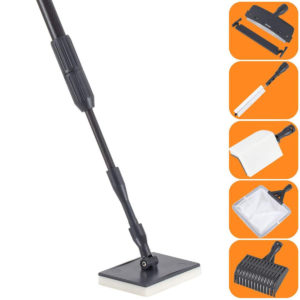
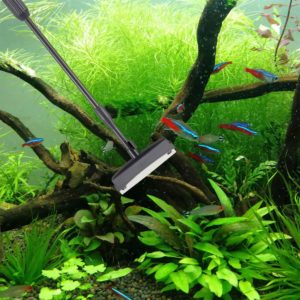
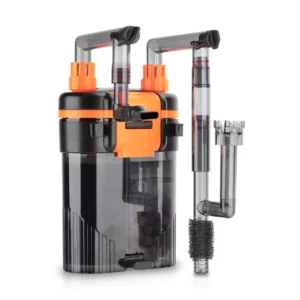
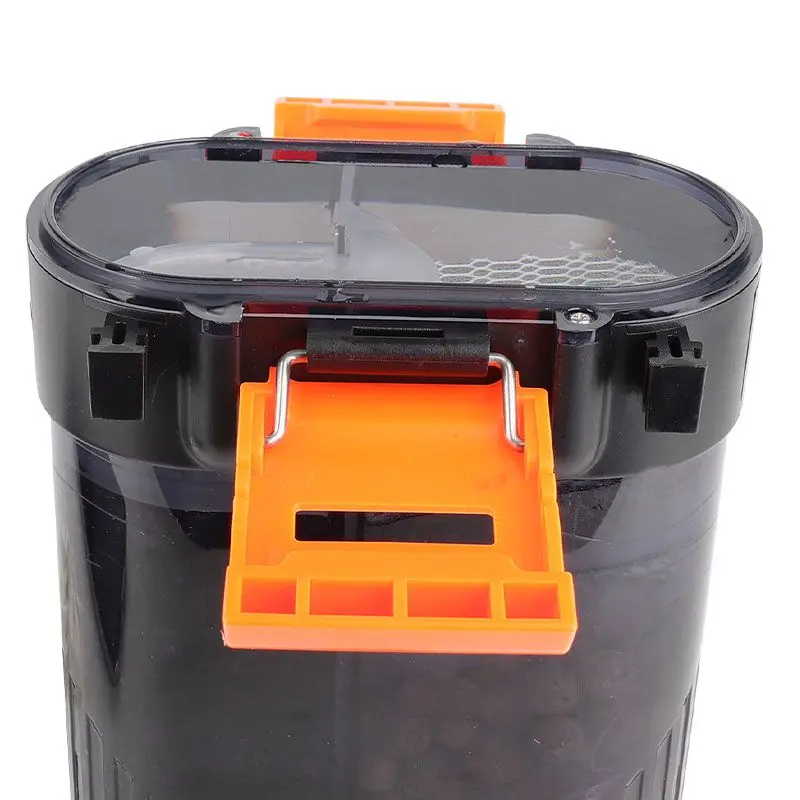
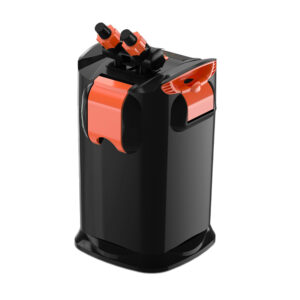
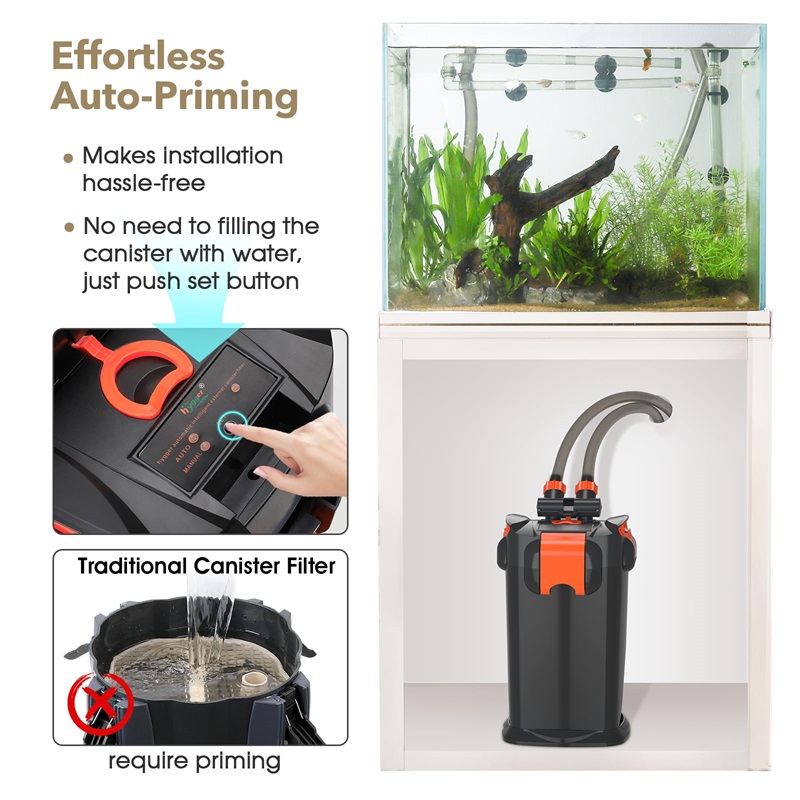
Hi I hope all is well! I have red ear slidder turtles. Would this be a great way to keep there tank clean and healthier? I’m look for a very good filtration. Any help you can give will be greatly appreciated! Best regards,
Hi Esther,
You can get the hygger 979 Turtle Aquarium Filter ( https://www.hygger-online.com/product/turtle-aquarium-filter/ ) for your red ear slidder turtles, it’s the professional turtle filter. Hope it helps.
Thanks
hygger team